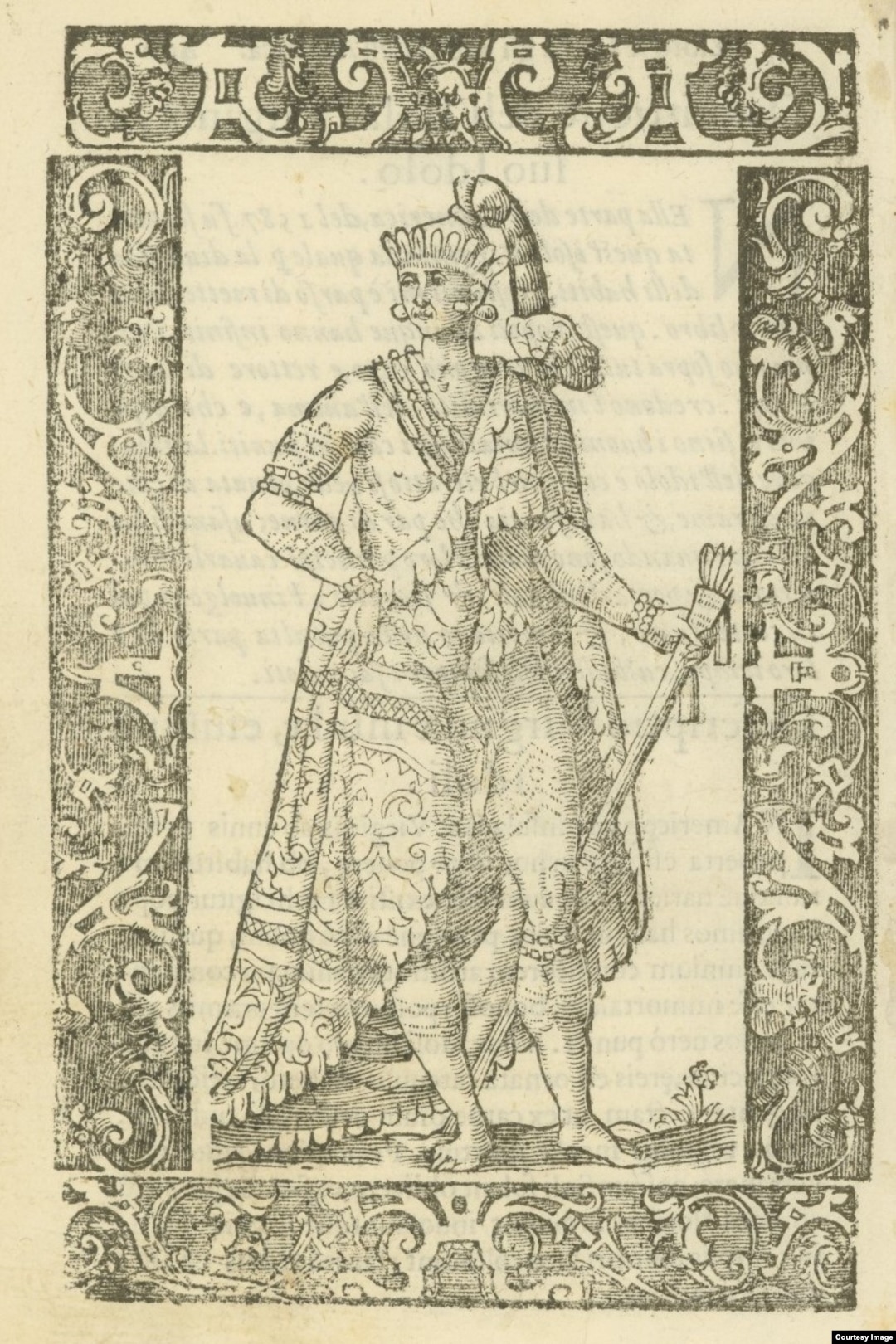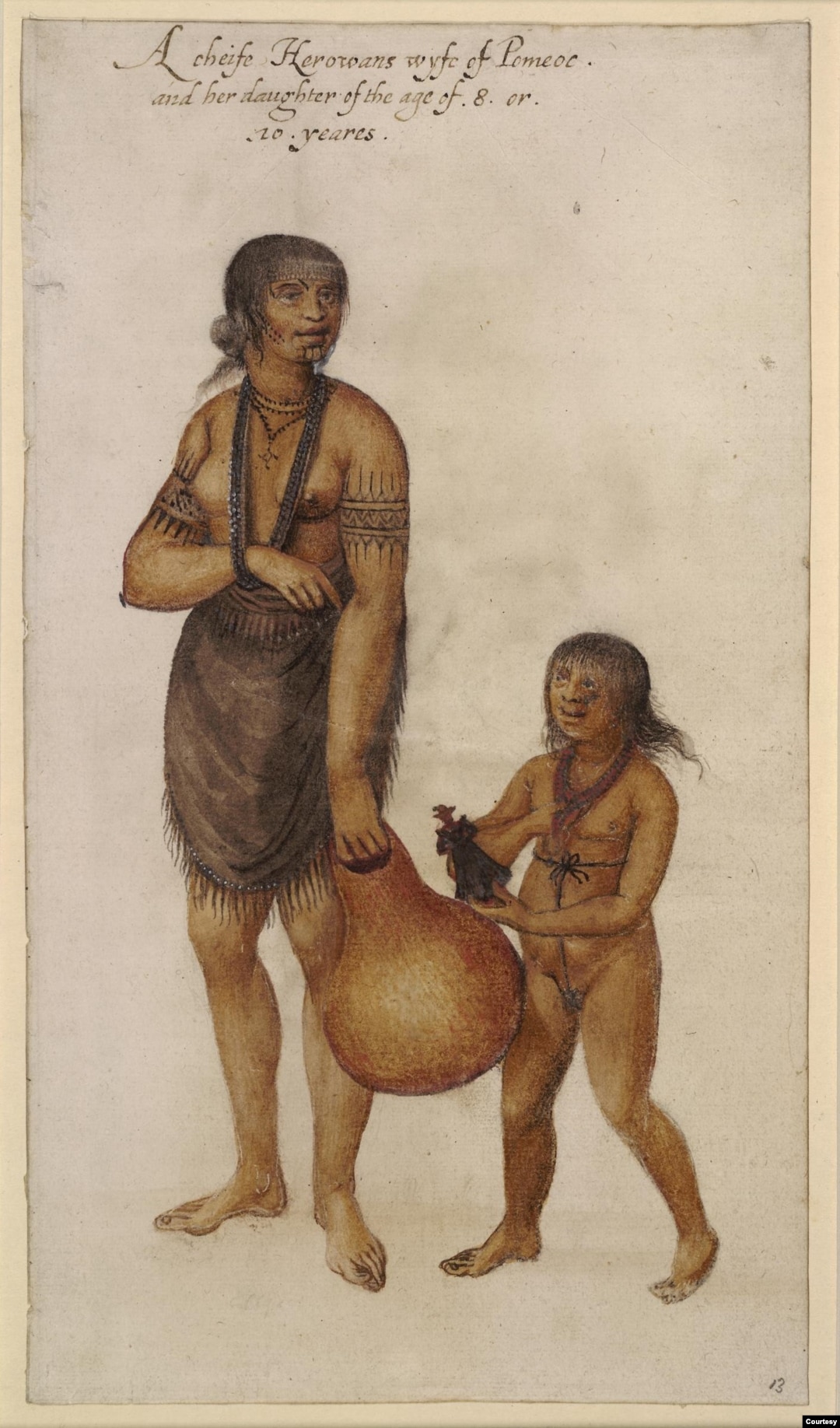Both Sacred and Secular: The Tattoos of Indigenous North Americans

"King of Florida," a 1598 woodcut by Christoph Krieger, shows figure with arm and leg tattoos. ©John Carter Brown Library, Brown University.

Watercolor portrait of a chief's wife and daughter in the Carolina Algonquian village of Pomeoc, 1585. © The Trustees of the British Museum
Portrait of an Inuit woman painted by an unknown artist, ca. 1654
Print by Bernard Lens II shows three Mohawk and a Mahican leaders with face tattoos during their 1710 diplomatic mission to London.
A tinted engraving of Mohawk leader Hendrick Theyanoguin published in London in 1755. His face is tattooed and he holds a strand of wampum.
Heavily tattooed Hidatsa Chief Eh-toh'k-pah-she-pée-shah, in old age, surrounded with family. Painting by George Catlin, 1832.
Aquatint portrait of tattooed Mandan Chief Four Bears (Mato-tope) by Karl Bodmer, ca. 1832-34.
Hee-láh-dee, ("Pure Fountain), wife of Ponca leader Shoo-de-gá-cha ("The Smoke)" painted by George Catlin, 1832.
Aquatint portraits of a Shoshone (L) and a Cree woman who wears traditional facial tattoos. by Karl Bodmer, ca. 1832-34.
Portrait of See-non-ty-a, an Ioway healer, by George Catlin, c. 1845.
O Che Che, Mojave woman with a chin tattoo. Photo by Edward S. Curtis c. 1903.

